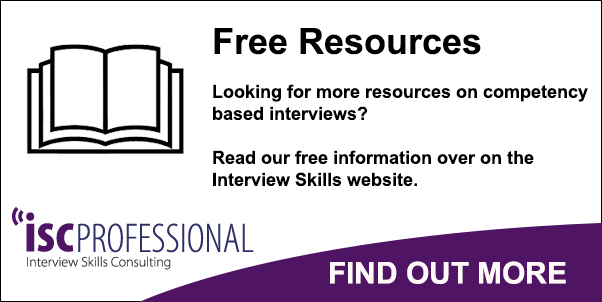Competency-Based Interview Techniques and Tips for Success
Competency-based interviews aim to assess three things: your knowledge, your skills and your attitude. Employers want to see that you excel in all these areas before they allow you to join their workforce.
To do well in a competency-based interview, you need to understand what the interviewer is looking for and use the right techniques to demonstrate your skills. Use these tips to achieve success in this type of interview.

Read the Job Description
The job description can give you valuable clues into the questions you’ll be asked in a competency-based interview. For example, if the job description asks for “strong customer service skills”, you should expect to be asked about times when you have gone the extra mile to make a customer happy.
Alternatively, if the role calls for someone with good written communication skills, the employer may want to hear about your experience of writing for a student newspaper. Based on what you read in the job description, compile a list of relevant situations that you could talk about in the interview.
Prepare Responses to Common Questions
In a competency-based interview, you will probably be asked questions about your people skills. These skills are important for almost all roles in the workplace, so interviewers are keen to find out how you measure up. Some examples of these kinds of questions include:
- How do you deal with conflicts in the workplace?
- How do you maintain good working relationships with senior and junior coworkers?
- How do you persuade people to follow your agenda?
You may find it helpful to prepare responses to these types of questions. Make sure your answers are detailed and include examples of particular situations where you demonstrated your skills. Interviewers want to know that you have been able to rise to challenges, seek help when you need it, and use effective strategies to maintain harmonious relationships with others.
Learn to Use the STAR Method
If you’re struggling to describe your experiences concisely and clearly, try using the STAR method.
- ST stands for situation or task – begin by describing the challenge you faced or the task you were set.
- A stands for action – explain what you personally did to resolve the situation. Remember to focus on your own actions, not those of the team, and explain your reasons for taking that approach.
- R stands for result – what was the outcome of your actions?
Keep a Positive Attitude
Remember that one of the criteria that a competency-based interview is designed to assess is attitude. Employers want to see that you have a positive attitude towards your work and that you are enthusiastic about the job.
When describing situations you have faced, always focus on how you proactively took control of the situation, rather than dwelling on the terrible nature of the problem that confronted you.
Remember to smile and try to keep your body language as open and relaxed as possible, even if you feel nervous.
Learn What Is Expected of You
Reading about and practising competency-based interview techniques can help to build your confidence and may increase your chance of success.
For more techniques for succeeding at a competency-based interview, see our free information on the ISC Professional website.

